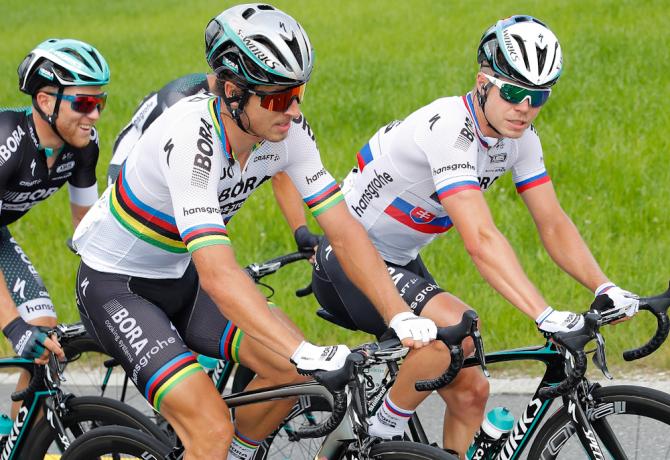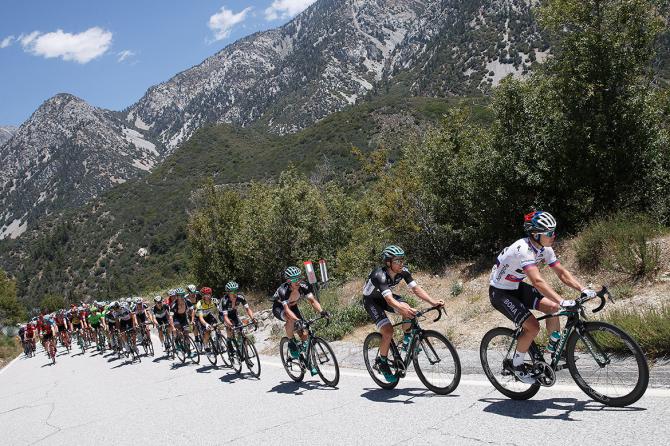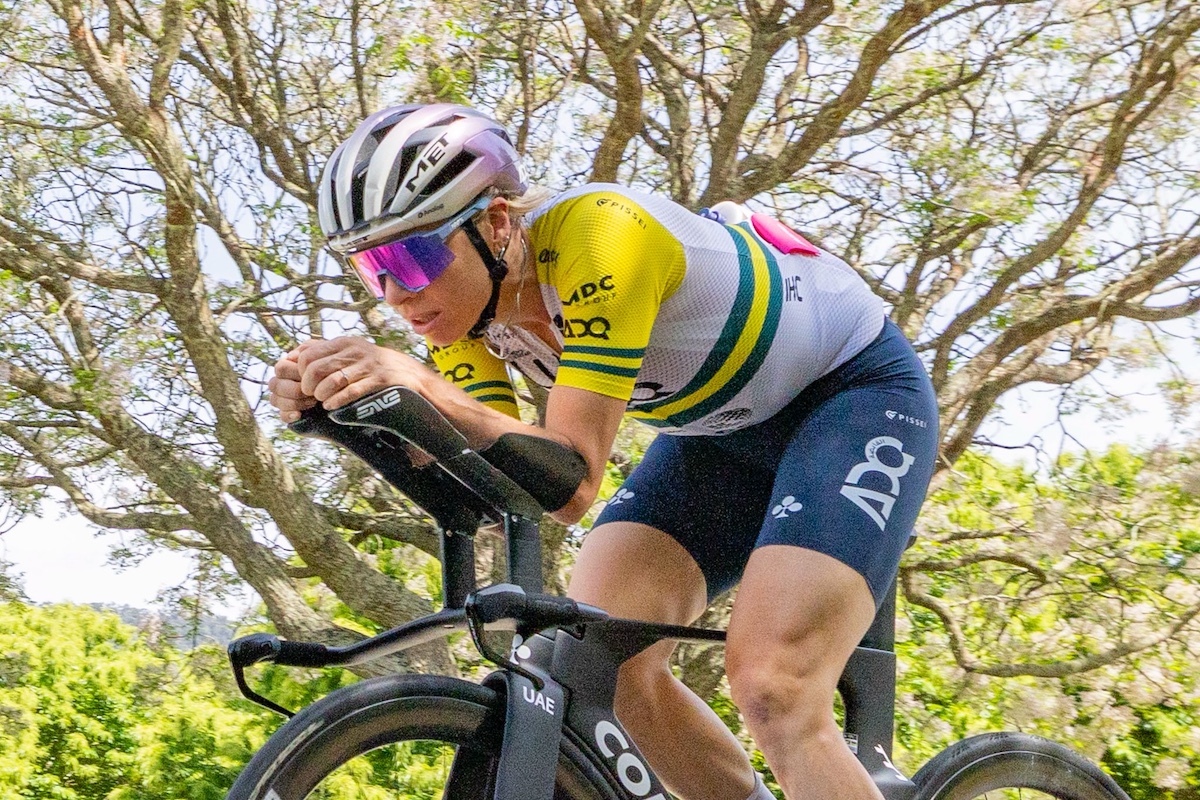All in the family: Juraj and Peter Sagan are brothers in arms
World champion's sibling is happiest when he helps his brother make history
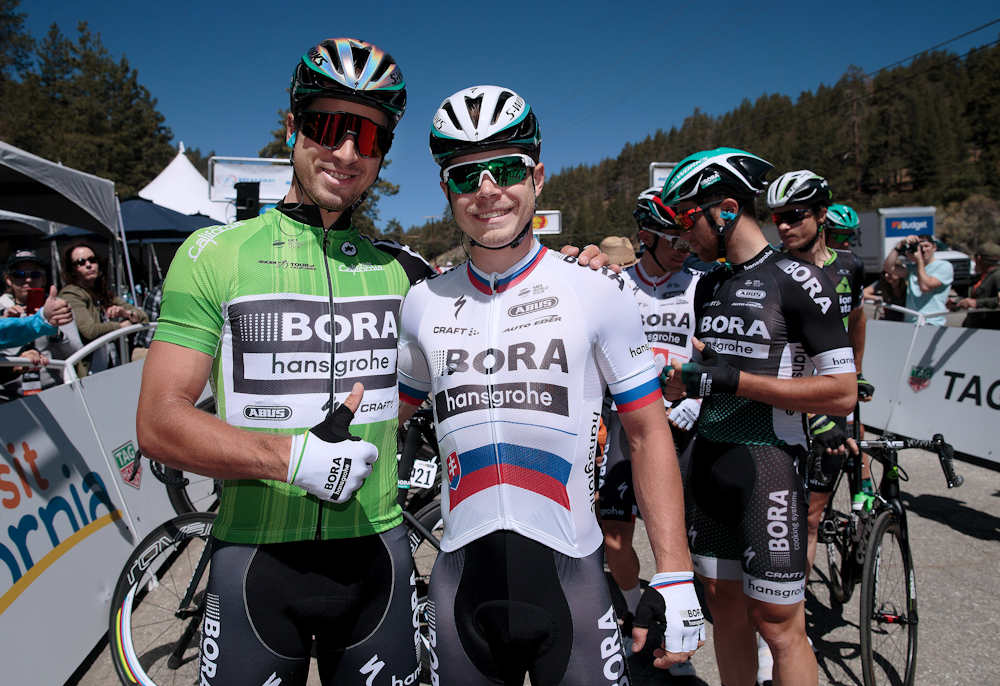
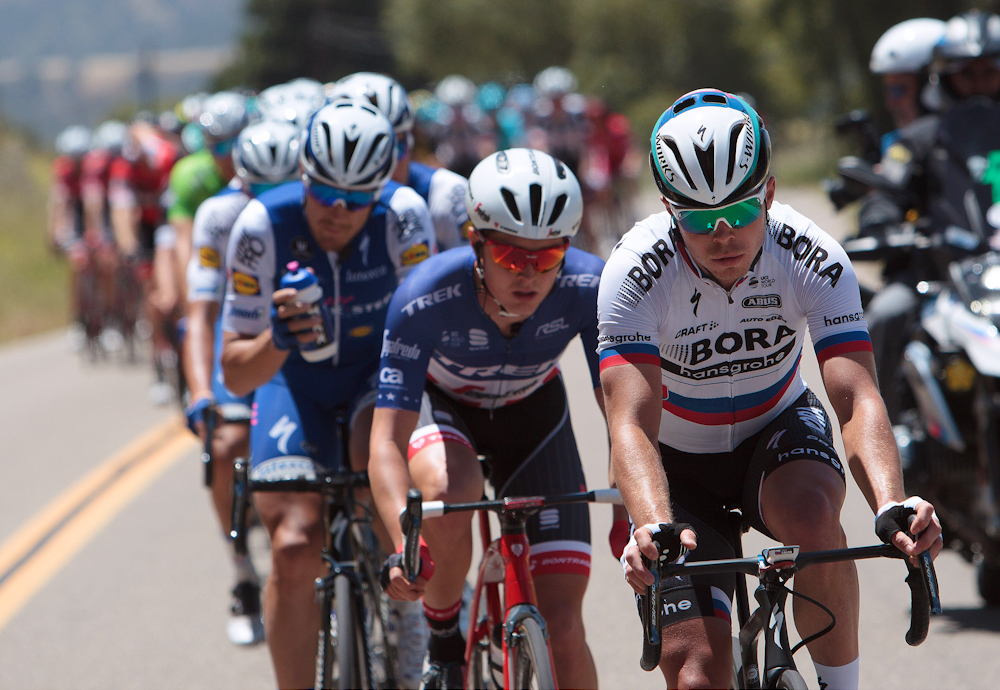
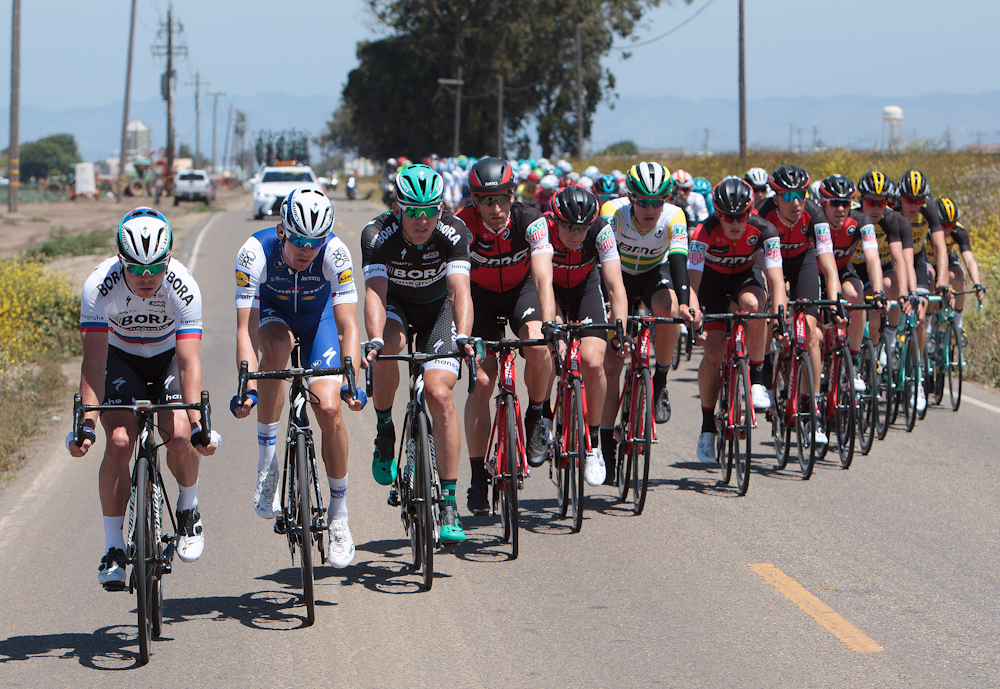
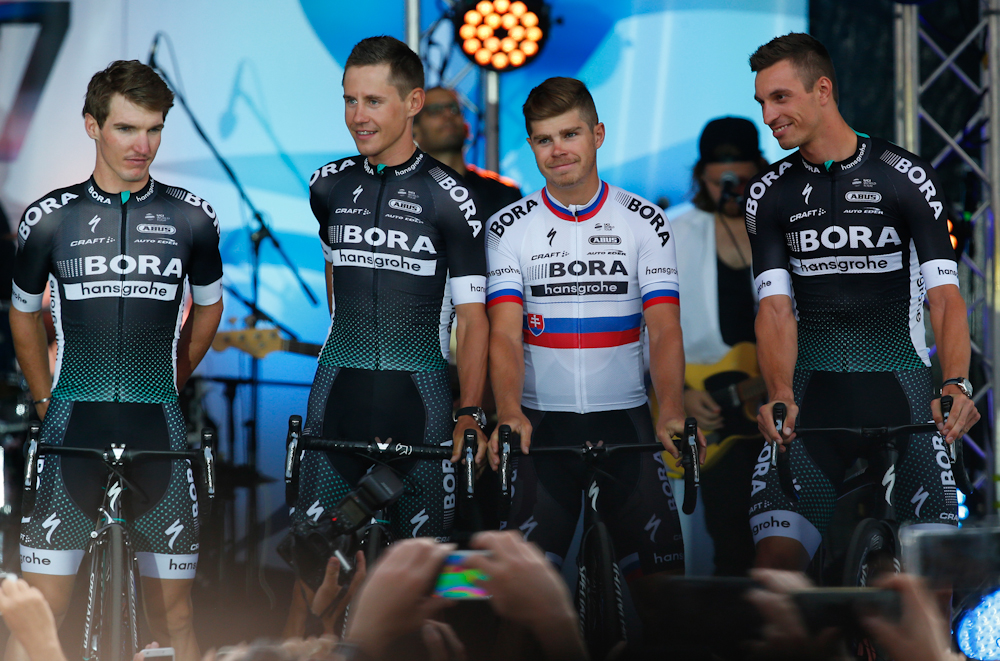
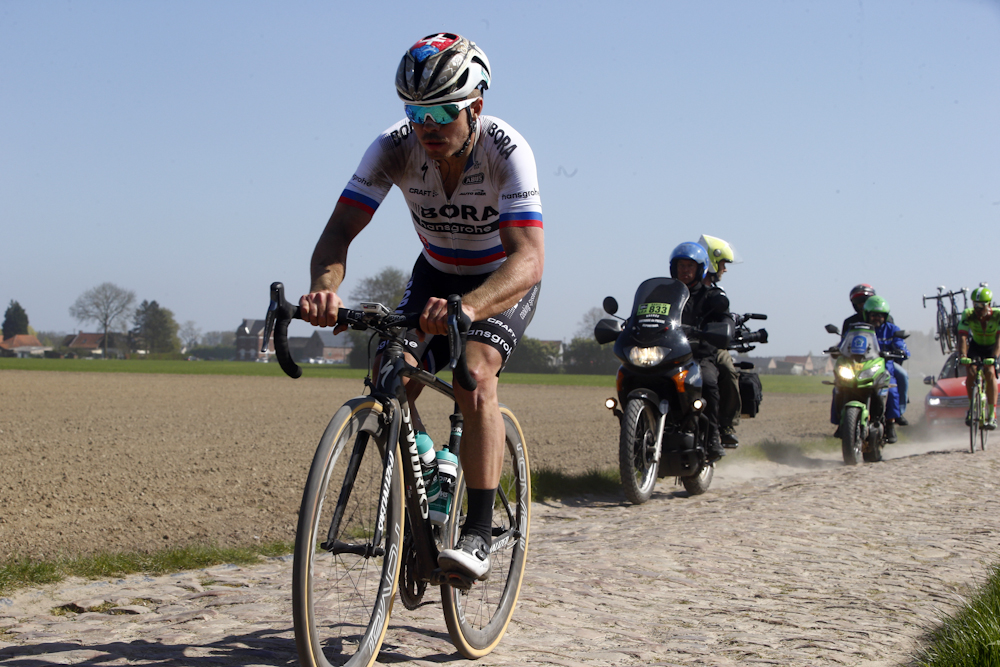
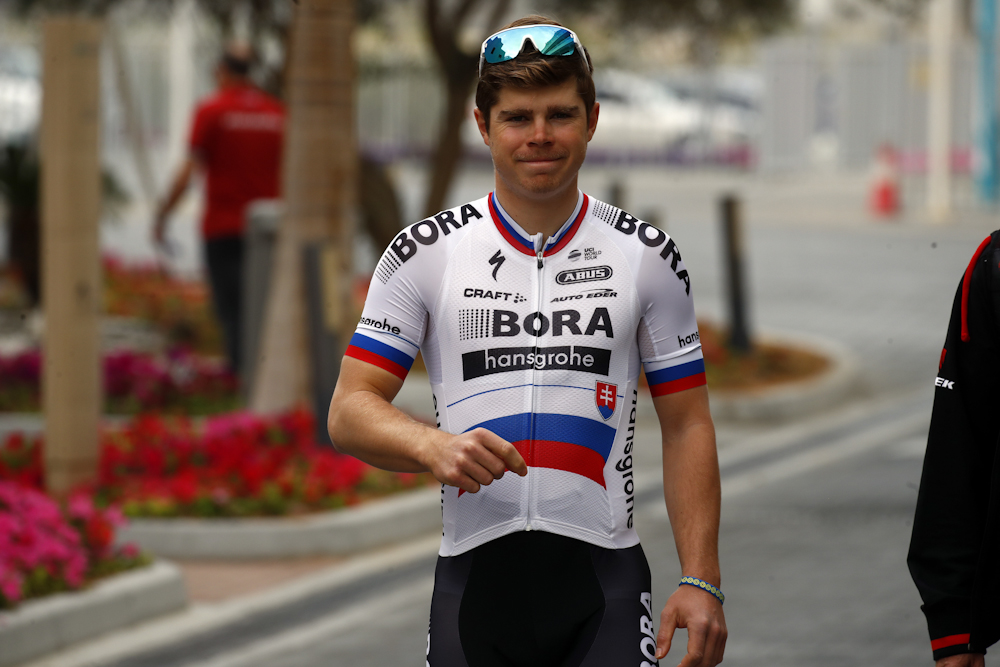
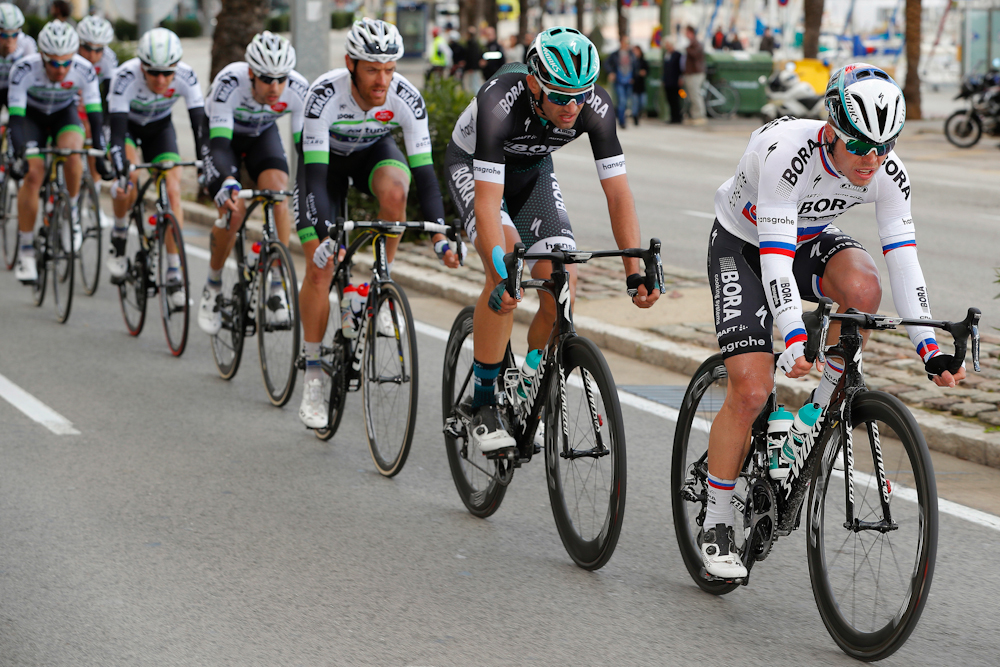
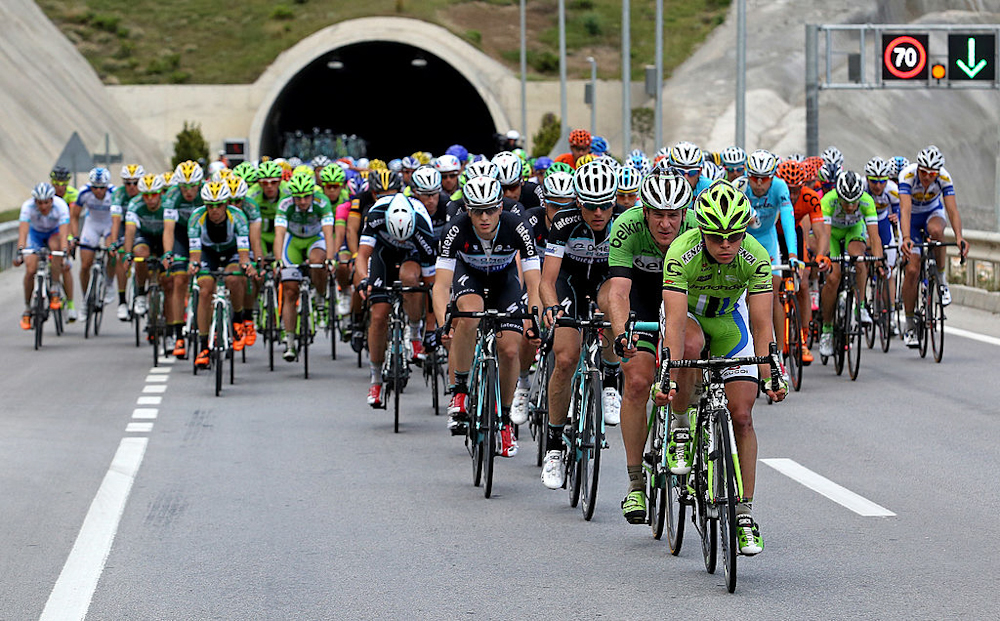
Long before Peter Sagan (Bora-Hansgrohe) stormed up from the beach to take the Amgen Tour of California stage win in Morro Bay earlier this year, his older brother Juraj Sagan was churning out kilometre after kilometre on the front with fellow Slovakian Martin Velits (Quick-Step Floors) so that their sprinters could have their day.
It was a performance that repeated itself at the Tour de France on Monday, when Juraj hit the front of the bunch throughout the early kilometres to keep the breakaway in check so that Peter could fly up the Côte de Religieuses in Longwy and take his first win of the 2017 Tour.
It's a familiar pattern for the brothers who are separated by just 13 months: Juraj opens the door and Peter bursts through on his way to another level.
Juraj was the first of the Sagans to get into cycling, taking up the mountain bike when he was "nine or ten," with Peter following him into the sport two months later. Peter's exploits as an up-and-coming cyclist are well known, having won a junior mountain bike World Championship and then going second at the cyclo-cross Worlds and the junior Paris-Roubaix.
While Peter was lighting up his final year of junior racing, Juraj was slugging it out on the Continental circuit, finishing his first year in the U23 ranks with an 11th place finish at the 2007 World Championships in Stuttgart.
"I was good in the junior category," Juraj Sagan told Cyclingnews during an interview in California. "I had nice results, but still I had the school, and after we don't have a lot of the managers in Slovakia and I didn't know anyone."
With help from the Velits brothers, Martin and Peter, Juraj Sagan landed a ride with the South African Konica Minolta team in 2008.
The latest race content, interviews, features, reviews and expert buying guides, direct to your inbox!
"It was a Continental team, but I preferred to finish school, so I went to the UCI camp for three months and then after I was still in the Continental team in Slovakia, Dukla Trenchin," he said.
By 2009, Peter had joined Juraj on Dukla Trencin, but they would be separated again when Peter signed a two-year deal with Liquigas-Cannondale for 2010 and 2011. Juraj moved to a French team for 2010, but his stay there would be short lived after Peter, barely 20 at the time, won two stages in Paris-Nice.
"Peter did the first result in Paris-Nice, and the team asked him to re-sign his contract with Liquigas," Juraj said. "He put me inside his contract, so I started in August."
They've been on the same teams ever since.
Peter and Juraj Sagan at the Tour de Suisse (Bettini Photo)
A special bond
The brothers' proximity in age means they are as much best friends as siblings. They room together at the Tour de France rather than having Peter in a single room like most team leaders. They spend their down time at races playing Nintendo, and they often travel together when they're not competing.
They spent several weeks ahead of the Tour of California training in Lake Tahoe, and they went to Park City, Utah, following the California race to prepare for the Tour, where Juraj is making his first start.
"We room together because there is not a big difference," Juraj Sagan said. "We also have an older brother and sister, but there is like eight years difference, so we felt that our sister was a little bit like mom, no? She always controlled us and all these things. Then our older brother, he did his job and was not at home with us. Now we have a very good relationship with him, but there was a time when we did not.
"But with Peter, we had always fun and always we did training together and everything. When I need help always I can ask him, and he has the same, I think."
Peter Sagan has said that having his brother on the team helps keep him comfortable.
"It's nice, but this is our job," Juraj Sagan said. "It's also nice when when we have the races together, but when we have a different program it's still good that we are in a great team and we can stay together for example just for the training camps. When we can spend time together, it's always nice."
Slovakian champion Juraj Sagan leads the peloton (Tim De Waele/TDWSport)
Earning his keep
Juraj Sagan wants to make it clear that he's not on the team to act as a security blanket for his brother. He's a solid domestique whose level has steadily risen over the past nine years as a pro.
Bora-Hansgrohe director Jan Valach, who also coaches the Slovakian national team, said Juraj's condition has especially come up over the past two seasons.
"From Classics to some of the stage races, he's a good, good helper and he's the guy from the first moment to the last moment," Valach told Cyclingnews. "You can use Juraj every day. It's nice. It's good."
Juraj Sagan said he benefited from changes Tinkoff made to his race schedule last year, changes that Bora-Hansgrohe has continued. The program has allowed him to excel in races that suit him and build toward his goal of racing in the Tour as his brother chases stage wins and the green jersey.
"Last year on Tinkoff, they changed the program after the first Classic in Dwars Door because I also did a very good race there," Juraj Sagan said. "Then I did all the Classics until Roubaix, and I was very happy that when I came here to this team, the team put me in perfect race program. Always with Peter or like his program."
Like his younger brother, the Classics have clearly captured Juraj Sagan's attention.
"It's a special atmosphere there at the Classics," he said while admitting the jury is still out about his prowess on the cobbles.
"I tried just last year for the first time. I think I have very good technique from the mountain bike, but I a little bit feel that, for example at Flanders I am OK for the climbs with the cobbles, but for Roubaix I am a little bit light. I need maybe more muscles. I need more gym, no? [laughs] But I am good."
The Classics exposure paid off with one of Juraj Sagan's best results as a pro when he finished 14th in this year's Gent Wevelgem, where Peter came in third behind late escapees Greg Van Avermaet (BMC Racing) and Jens Keukeleire (Orica-Scott).
"It was a big result, yeah, for me," Juraj Sagan said. "It was something special after hard work all the day. I didn't expect this.
"I was there after Peter a little bit stopped with a small crash. I helped him to go to the front. I was already done, and after I survived on the last climb, the Kemmelberg, I was in the main group and I said to [teammate Sam] Bennett, 'We have to do also the sprint for the WorldTour points.' I was lucky I had better wheels to follow and got the result."
A career goal
Juraj Sagan achieved one of his career goals this week when he started his first Grand Tour with his brother and then helped Peter collect his eighth Tour de France stage win. He's riding the race in the Slovakian national jersey that he first won last year, ending his brother's five-year streak.
Although he dreams of a "nice victory" of his own, like any good domestique his goals are built around others. He takes special pride in the two consecutive world championships Peter won for Slovakia with just Juraj and countryman Michael Kolar for help, and he'd obviously like to repeat that – in fact, he knocks on wood after talking about the possibility.
But for the most part, Juraj is just going to enjoy the ride that started innocently so many years ago on the MTB trails outside of Žilina, his home town.
"I started and I liked it, and for this reason, yeah, when you are kids you do it always for the fun," he said when asked if he ever imagined cycling taking him this far. "After I was older, 17 or 18 years old, I was thinking more about being a professional, no? But it's like a dream. When you are 17, it's only just a dream. Then after, when it's coming, it's nice."
Subscribe to the Cyclingnews Podcast.
Growing up in Missoula, Montana, Pat competed in his first bike race in 1985 at Flathead Lake. He studied English and journalism at the University of Oregon and has covered North American cycling extensively since 2009, as well as racing and teams in Europe and South America. Pat currently lives in the US outside of Portland, Oregon, with his imaginary dog Rusty.
